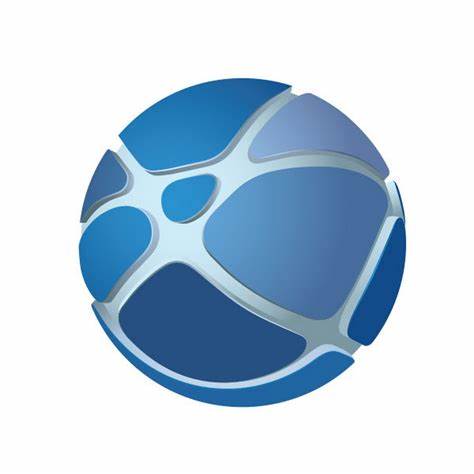Guest Blog by Ed Lopategui
Realizing Product Lifecycle Management (PLM) for any engineering/manufacturing operation is a multi-faceted challenge, requiring transformational change across several domains: strategic, technological, logistical, and cultural. One of the key elements in executing a successful PLM implementation is a solid training plan. It’s more than just teaching people what buttons to push or workflows to run, but rather establishing a core understanding for new and better ways of working. Without that foundational knowledge, workers are set adrift in a sea of confusion, unable to cope with what they see as dramatic upheaval, ultimately threatening the success of the project. Lack of understanding leads to frustration, mistakes, and even anger. Before long, out come the torches and pitchforks. So why then is so much PLM training almost an afterthought, often poorly funded and ineffectively designed? Is it time to mash the reset button on PLM training?
CAD training is undergoing a renaissance, leaving behind the inaccessibility of dusty old training manuals and all-too-infrequent classroom instruction of times past, initially sparked by the universal reach and convenient simplicity of YouTube videos. Pushing towards a more effective frequent and continuous learning model demonstrated by tools like SolidProfessor, the future of CAD training offers a variety of interesting possibilities. In contrast, PLM training seems to be standing still, woefully dependent on outdated techniques, especially irrelevant to new generations of knowledge workers. It’s a huge oversight, but also a fantastic opportunity for innovation.
The deficiencies in common PLM training models are indeed numerous:
- Infrequency of training: PLM Training is often delivered as a one-time event just prior to the initial system implementation, or at the rollout of a major system update. It’s often all that fits in the budget. New employees that arrive in-between major updates often are forced to learn either from a peer or using the supplemental material only. Most supplemental materials are little more than written manuals, simplified check lists, or other old-school delivery methods. Understandably, retention rates are abysmal.
- Uneven pace of learning: Grasping some of the more esoteric concepts in any given PLM system may be more difficult for some than others, but classroom instruction doesn’t allow for self- pacing. Given such an environment, some employees simply stop learning, and develop a codependence with other employees to tell them which buttons to push.
- Little opportunity to practice or discover: People learn by doing. And unfortunately, trying out activities in many PLM systems often occurs in a separate test environment that requires an entirely different login. The fact that most PLM systems are not designed to let you experiment or explore is a detriment to the human capacity to learn by discovery.
- Inability to correct growth of incorrect behaviors: Without continuous learning, employees become dependent on static copies of materials (a printed checklist, a saved email with instructions, etc.) The result is an over dependence on whatever happened to work for them last time, which might lead to frequent workarounds, and over time may lead to end runs on the system when it doesn’t behave as expected. When such tribal knowledge proliferates, the overall effectiveness of the system is reduced.
- Customization complexity: PLM isn’t canned, it’s often a highly customized federation of interfacing technology solutions. So training specifically designed for one vendor’s out-of-the- box configuration is often next to useless. Training has to be tailored and/or expanded to meet that customized solution, and most organizations simply don’t have the resources to perform such modifications.
- Multi-dimensional roles: PLM concepts aren’t always straight forward, and they also tend to be cross-functional and pluralistic in nature. Consequently, learning to work with PLM is learning not only to work as a team within a department, but a larger team as a business. This requires a training model that facilitates team learning as much as it does individual learning.
- Cultural challenges: PLM is more than just process and technology. It’s philosophical. It’s a cultural shift in the company as much as it is a technological shift. Training a philosophy is much more difficult than training how to use a software feature. This is especially true when natural rivalries exist between departments and business units, that are often counterproductive and in the worst cases are actually destructive, entrenched behaviors that are difficult to eliminate.
- Some solutions:The challenges are clear, and there’s much work to be done. PLM training can benefit greatly from new training solutions that provide relevant training anywhere and at any time, account for customizations and business-defining practices, communicate cultural and not just procedural aspects of the solution, and help reinforce the team and consensus building vital to a successful transition to a PLM centric operation. Looking forward to tomorrow’s innovative PLM training.
About the author: Ed Lopategui is a technology evangelist, entrepreneur, and aerospace engineer specialized in the software tools and technology which enable engineering, design, and product development – PDM, PLM, CAD, CAE, CAM.
























